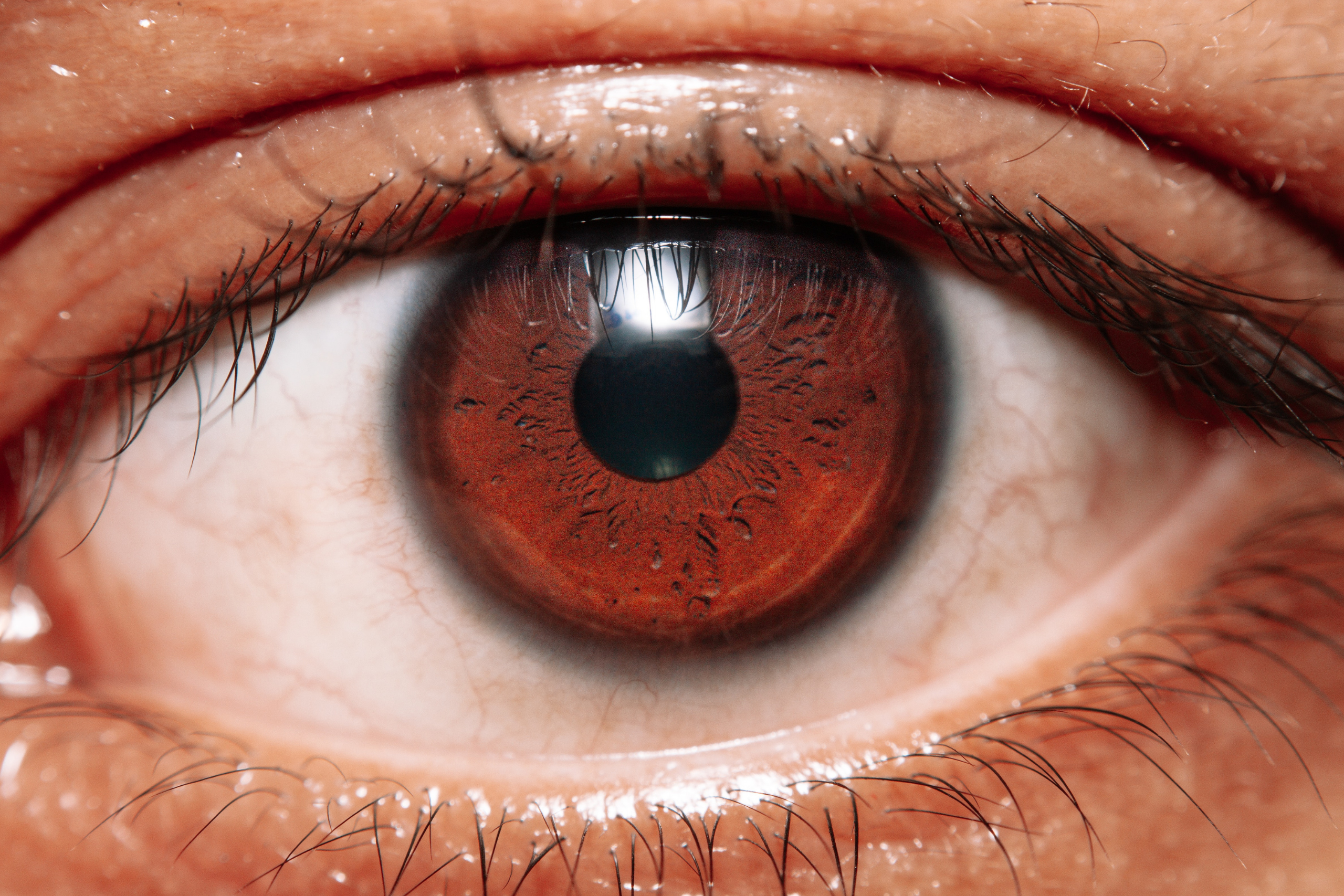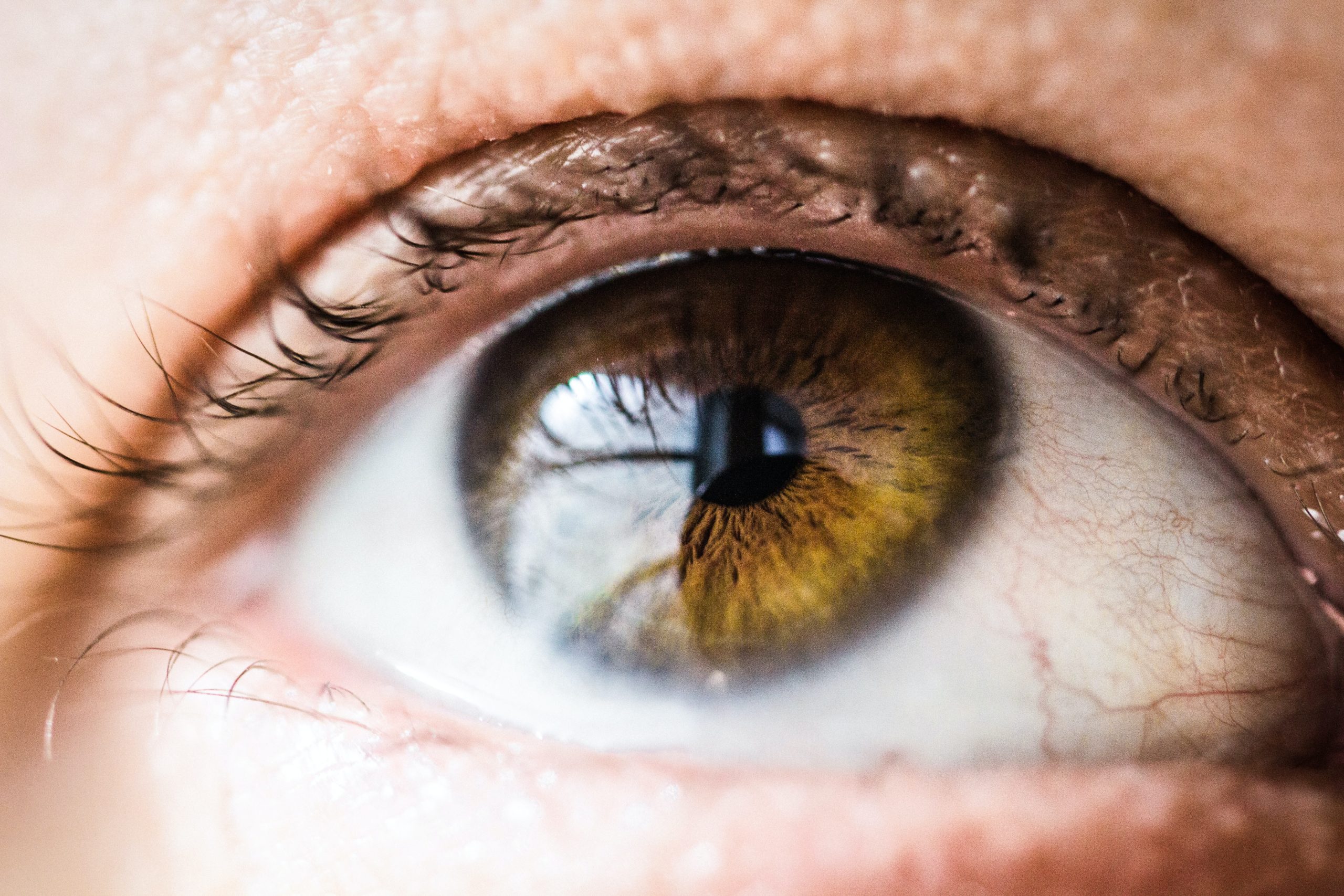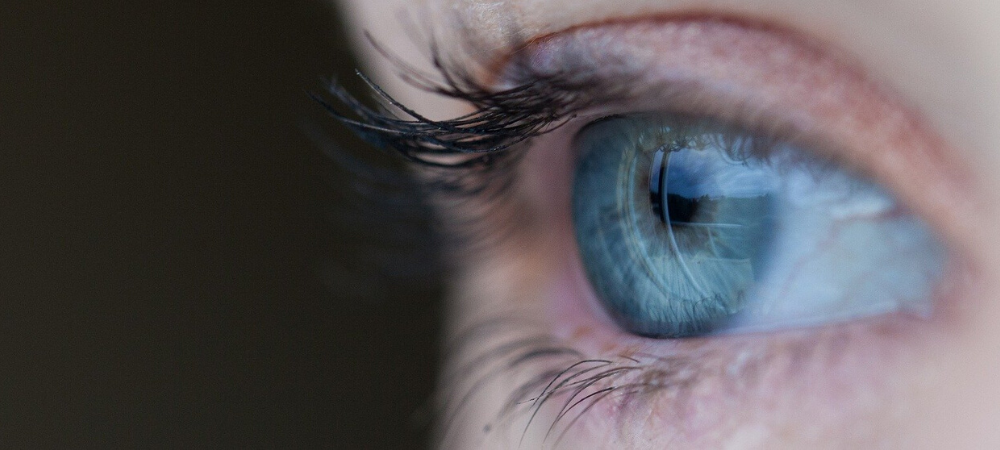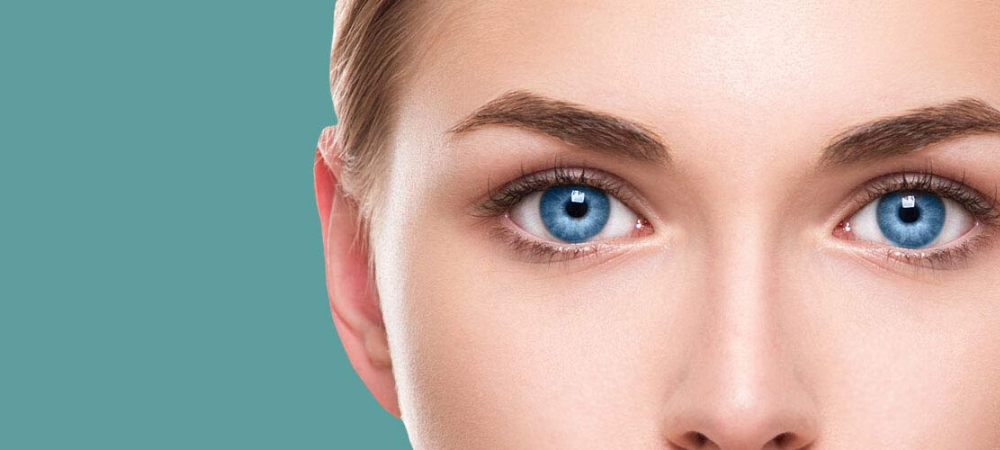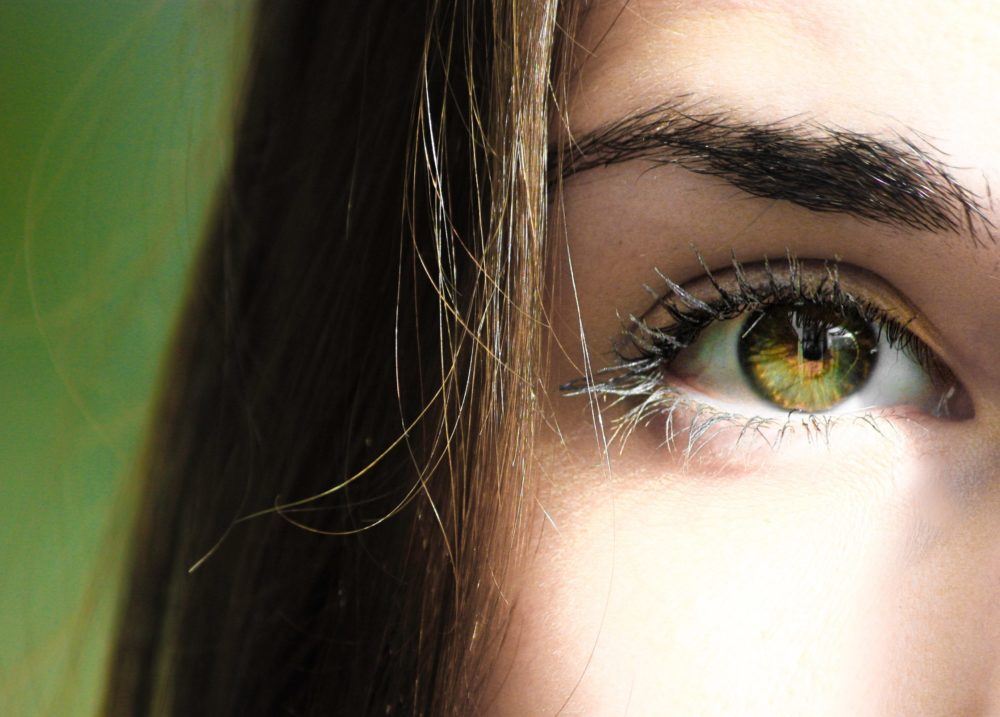How Much Eye Pressure is Normal?
Unfortunately, the answer is not any single number. Glaucoma is a multi-factorial, complex eye disease with specific characteristics such as optic nerve damage and visual field loss. While high eye pressure (known as intraocular pressure or IOP) is usually present, even patients with normal range IOP can develop glaucoma. The best form of protection [...]

